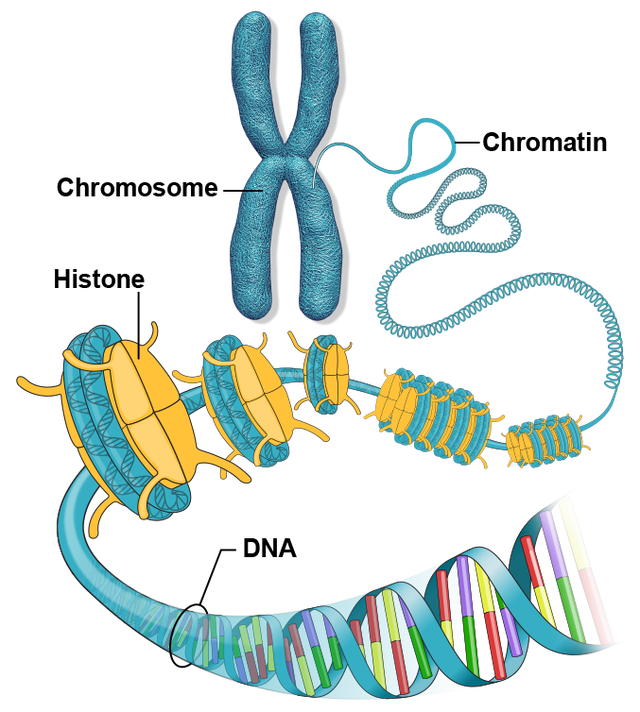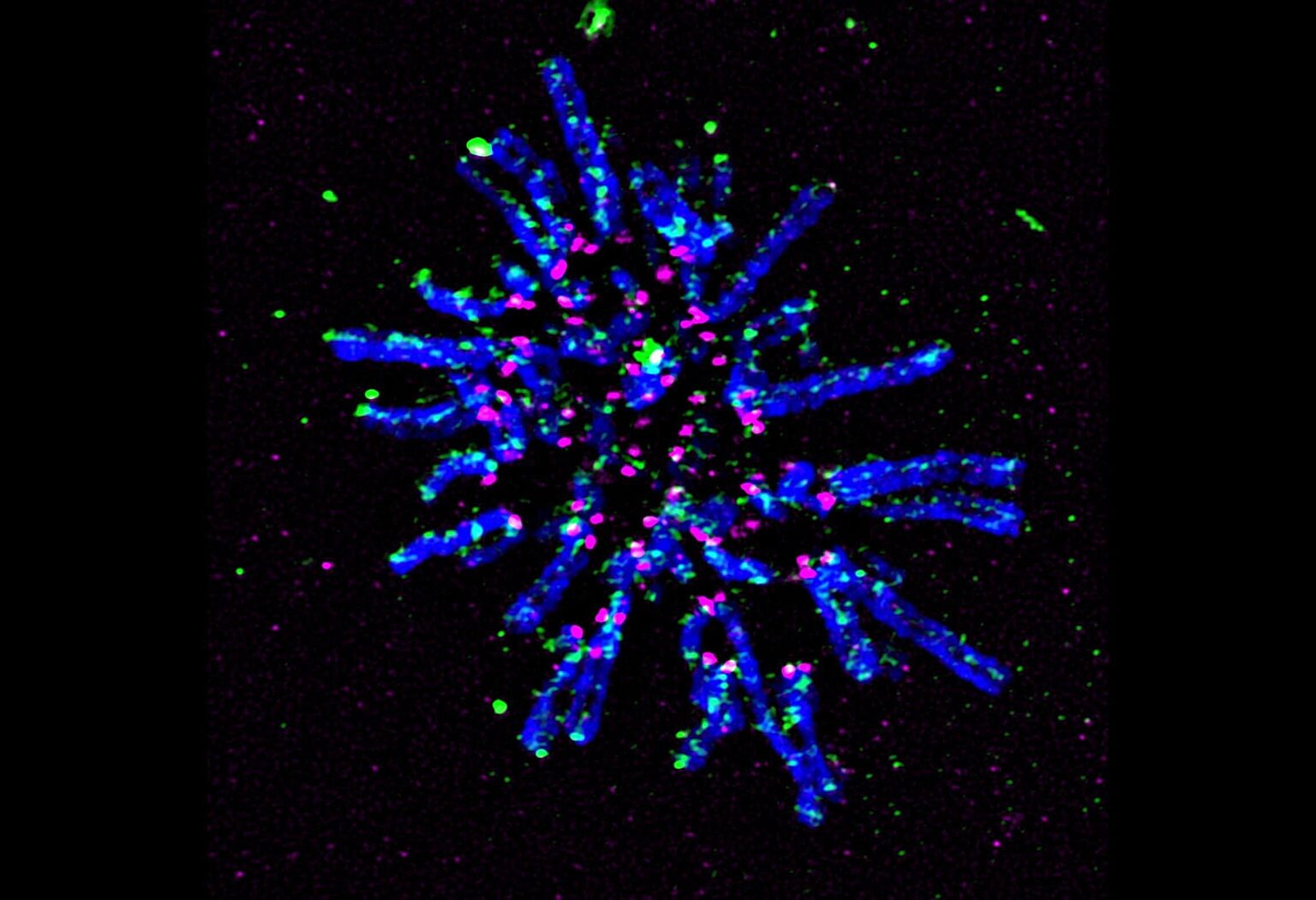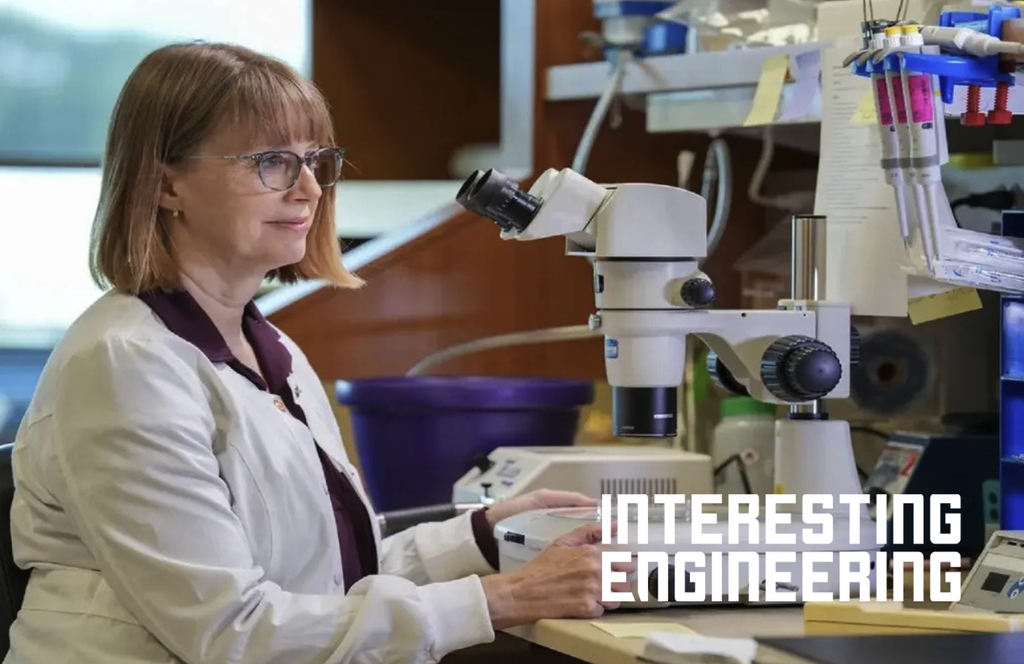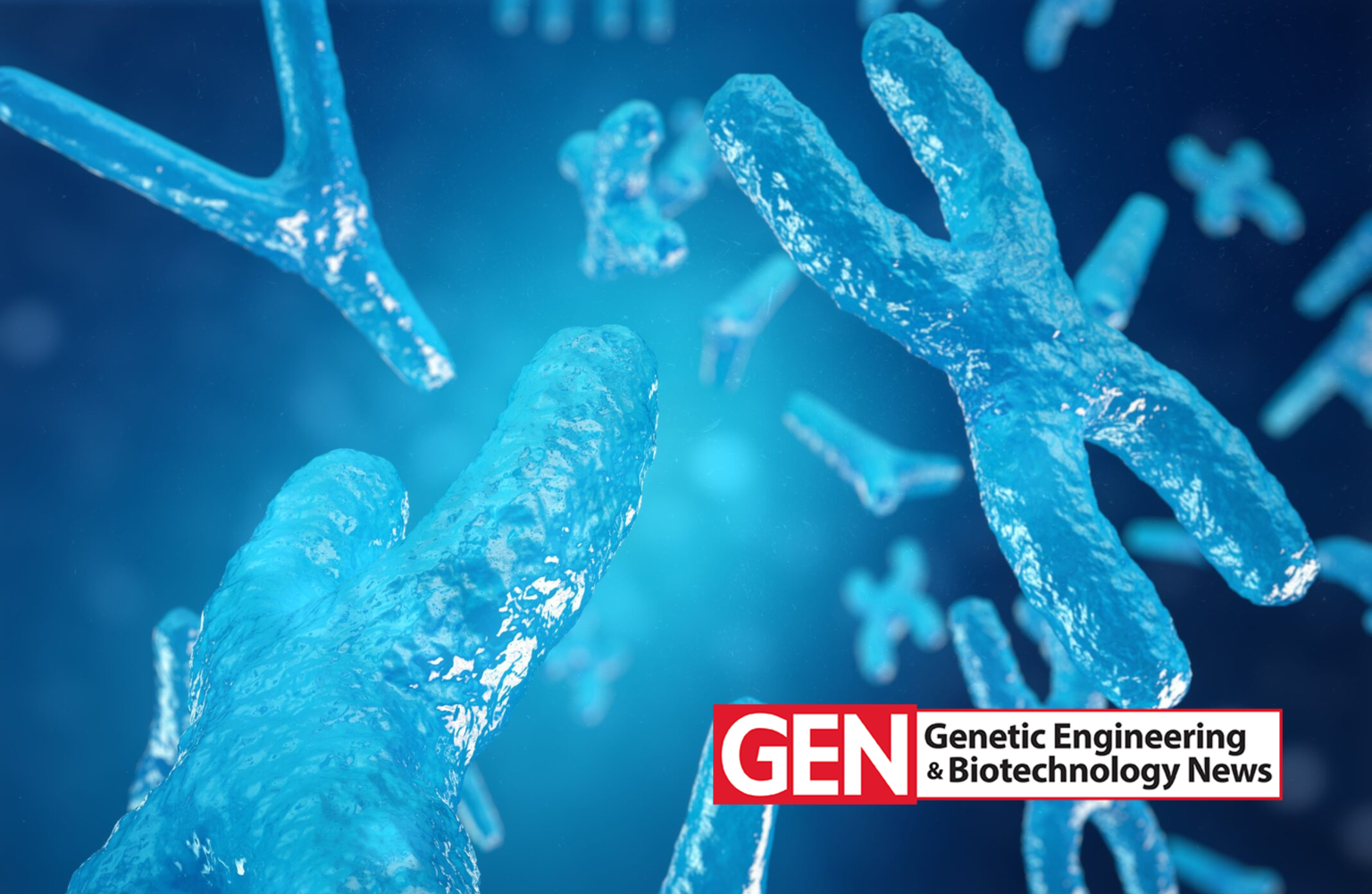News

31 March 2022
Completing the sequence
Stowers Institute researchers help assemble the complete human genome
Read Article
News
Learn what chromosomes are and why scientists at the Stowers Institute study them in our next #BioBasics episode!
What is a chromosome?
Cells of the human body contain DNA distributed into 23 pairs of linear strands called chromosomes, one set inherited from each parent. These 46 discrete DNA strands located in the cell’s nucleus are combined with proteins to make chromosomes, units of information that are replicated during cell division. Although typically pictured as a bubble letter ‘X’, this representation is of chromosomes that have replicated and packaged themselves into highly condensed DNA-protein parcels just before a cell divides. Each chromosome contains specific sequences, including genes, and are part of what makes us unique.
Chromosomes have three distinct parts
Near the center of most chromosomes is a region called the centromere, from which two arms extend in opposite directions with tips called telomeres. Although the arms are the largest of the three parts, centromeres play a critical role during cell division—this is the region at the junction of the ‘X’ where special fibers connect to centromeres and pull duplicated chromosomes apart.
Centromeres happen to be one of the most variable regions with respect to DNA length and sequence composition among individuals and are associated with stretches of repeating DNA sequences. Repetitive DNA is traditionally difficult to sequence, and why the complete human genome was missing around 8% until 2022. Telomeres also consist of repetitive DNA and protect the ends of chromosomes from damage and tangling with each other. Telomeres tend to shorten as a cell divides over time, one hallmark of biological aging.

Chromosomes display a highly packaged structural organization during cell division.
Chromosomes have different levels of organization
At the simplest level, chromosomal DNA is the familiar double helix structure. However, to fit within the nucleus of a cell, chromosomes pack with proteins to achieve different and precise levels of organization. Double helical DNA is next wound tightly around proteins called histones, and at this stage, chromosomes more closely resemble a beaded necklace, where each bead is a DNA-histone structure called a nucleosome. Then, the strings of nucleosomes further coil and condense into a DNA-protein package called chromatin. To turn on a gene in a section of DNA, certain proteins must interact with chromatin to unwind it, making the gene accessible for producing a functional product.
Chromosomes and inheritance
Because we receive one chromosome from each parent, the two copies of a particular gene can vary slightly in sequence and function. In a simplistic example, if the two copies—also called alleles—of a gene for eye color both encode for blue, then that individual will have blue eyes. If one codes for brown and the other blue, their eyes will be brown due to the brown allele being dominant and the blue allele being recessive. However, if that individual then has children with a blue-eyed partner, their offspring will have a 50% chance of either blue or brown eyes. Quite often, more than one gene can coordinate to give rise to an observable trait, and eight different genes have been identified as contributing to eye color.
Do chromosome numbers vary between species?
Humans have 23 pairs of chromosomes, but the number of chromosomes can vary drastically in different species. For example, a cucumber has seven pairs, a starfish has 18 pairs, and dogs have 39 pairs. Chromosome number is not necessarily associated with overall genome size, where dogs have more chromosomes but approximately 20% less DNA. Human sex chromosomes—X and Y—are also unequal in size, which means a female has a slightly larger genome than a male. Chromosome shape is also variable—bacteria have circular chromosomes and the DNA within our mitochondria is arranged as a single circular chromosome.
News

31 March 2022
Stowers Institute researchers help assemble the complete human genome
Read Article
News

04 December 2023
Centromeres—specific regions of DNA typically located near the center of chromosomes—achieve a common core structure to ensure proper alignment and segregation of chromosomes during cell division.
Read Article
In The News

25 September 2025
The Interesting Engineering, researchers pinpoint the precise DNA breakpoint behind Robertsonian chromosomes, reshaping understanding of human genetics.
Read Article
In The News

25 September 2025
From, Genetic Engineering and Biotechnology News, scientists in the Gerton Lab have now identified the precise location where human chromosomes break and recombine to form Robertsonian chromosomes.
Read Article